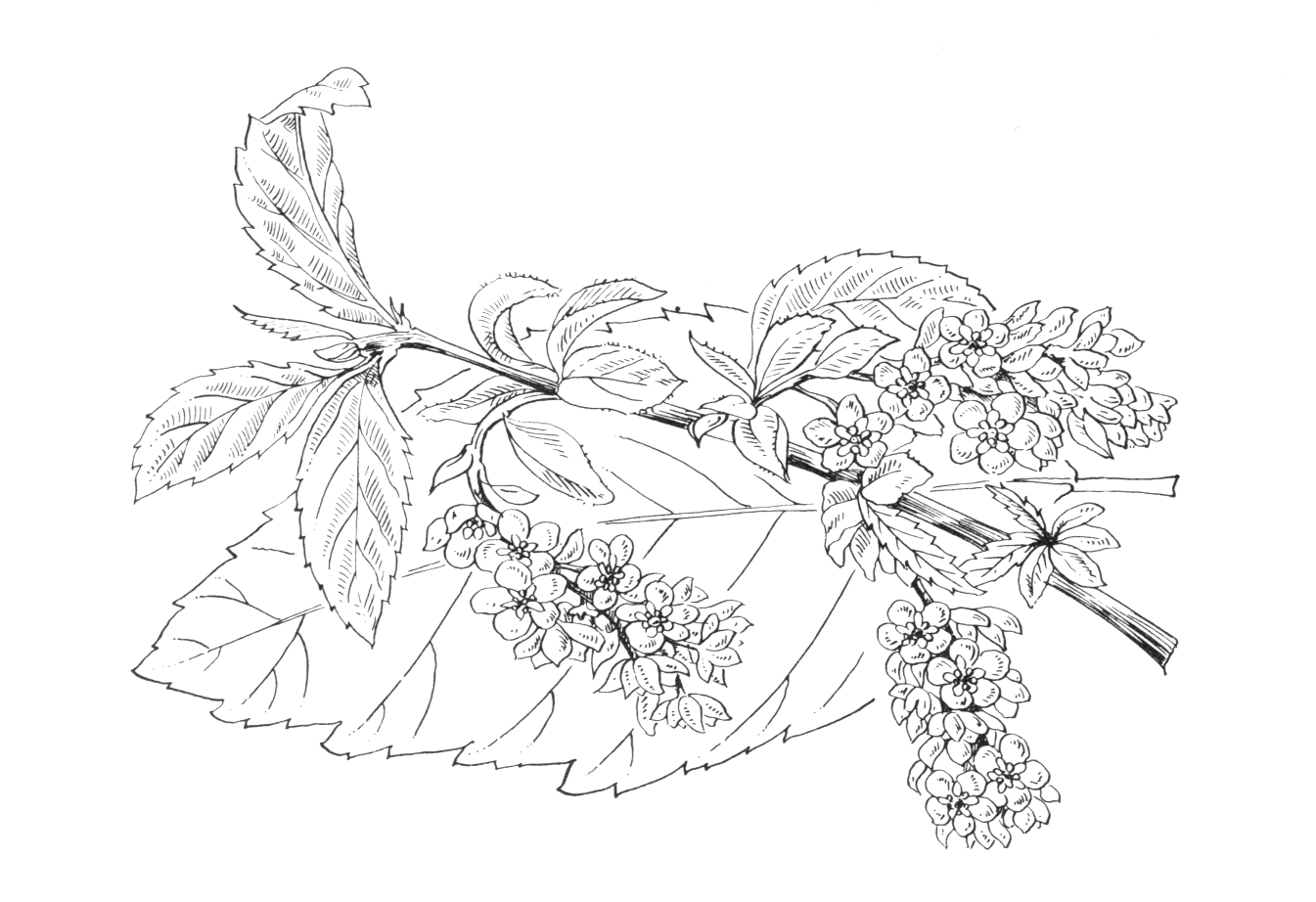Ribes laurifolium
Credits
Article from Bean's Trees and Shrubs Hardy in the British Isles
Recommended citation
'Ribes laurifolium' from the website Trees and Shrubs Online (treesandshrubsonline.
Genus
Other taxa in genus
- Ribes alpinum
- Ribes ambiguum
- Ribes americanum
- Ribes × beatonii
- Ribes bracteosum
- Ribes cereum
- Ribes ciliatum
- Ribes curvatum
- Ribes diacanthum
- Ribes fasciculatum
- Ribes gayanum
- Ribes glandulosum
- Ribes henryi
- Ribes lacustre
- Ribes leptanthum
- Ribes lobbii
- Ribes longeracemosum
- Ribes maximowiczii
- Ribes menziesii
- Ribes mogollonicum
- Ribes nigrum
- Ribes niveum
- Ribes odoratum
- Ribes orientale
- Ribes pinetorum
- Ribes roezlii
- Ribes rubrum
- Ribes sanguineum
- Ribes speciosum
- Ribes tenue
- Ribes uva-crispa
- Ribes valdivianum
- Ribes viburnifolium
An unarmed evergreen dioecious shrub, rarely more than 3 ft high in cultivation, sparsely branched; branchlets sometimes reddish when young, at first glandular, then smooth and brown. Leaves leathery, ovate to oval, pointed, the largest 5 in. long, half as wide, coarsely toothed, dark dull green above, paler and brighter beneath, glabrous on both surfaces; stalk bristly. Flowers greenish yellow, produced in late winter or early spring. Male flowers 3⁄8 to 1⁄2 in. wide, in nodding racemes up to 2 in. or so long; receptacle cup-shaped, downy; abortive style bifid. Female flowers up to 3⁄8 in. long, in racemes about 1 in. long, which are at first upright, later nodding; receptacle downy, flask-shaped or oblong; stamens reduced to staminodes. Bracts in both sexes about 1⁄2 in. long, ciliate. Fruits ellipsoid, about 5⁄8 in. long, reddish but said to be black when fully ripe. Bot. Mag., t. 8543.
Native of W. China; discovered and introduced in 1908 by Wilson, according to whom it is rare in the wild. It is not a showy plant, but is interesting and welcome in flowering as early as February or March. Male plants are more ornamental than female, the racemes being longer and the flowers larger. Award of Merit 1912. It needs no pruning, apart from the occasional removal of the oldest stems.

